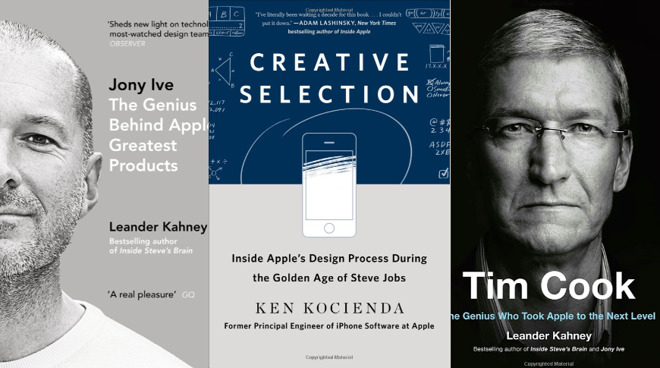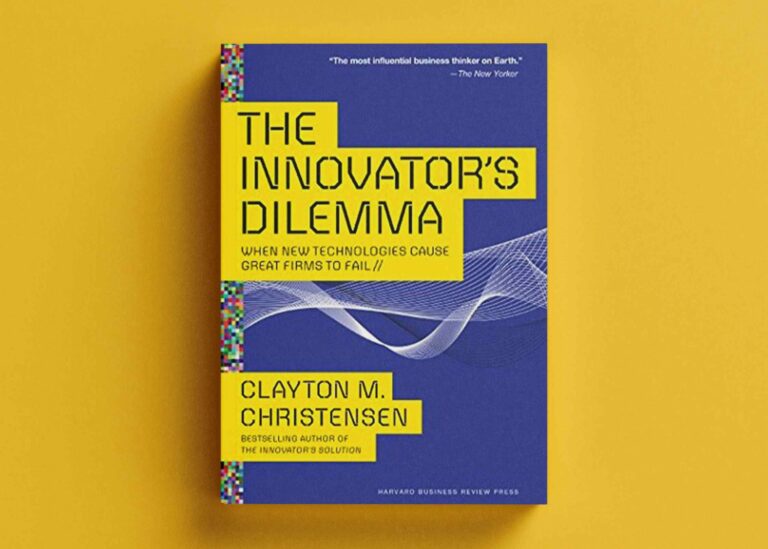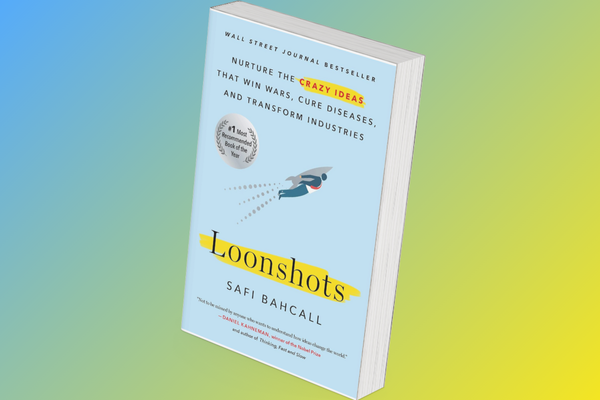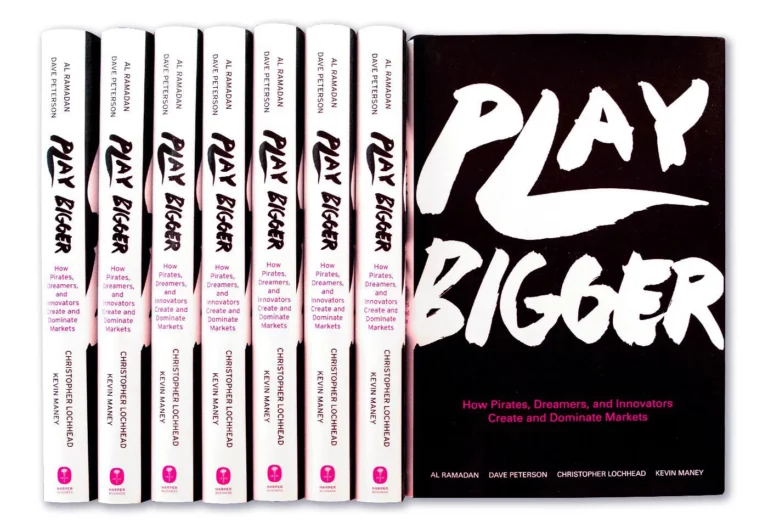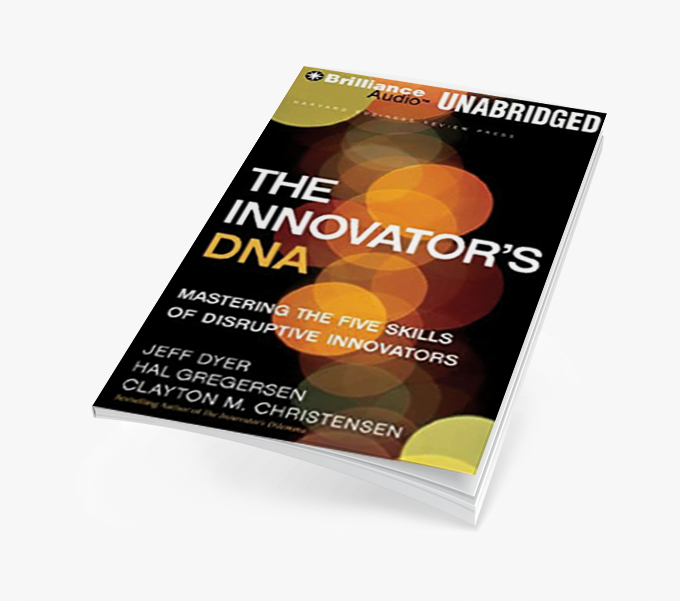Iteration and human-centric design — creativity thrives through constant refinement and storytelling.
The Myth of Genius: Why Apple’s Magic Was Methodical
We often romanticize Apple’s creativity as the product of singular genius — Steve Jobs standing on stage, unveiling the future. But Creative Selection dismantles that myth. Ken Kocienda, Apple’s longtime software engineer, takes us inside the company’s real creative process: small, focused teams iterating endlessly until technology felt right.
At Apple, design wasn’t a department — it was a culture. Every decision, from the curve of a button to the rhythm of scrolling, was guided by empathy for the user. This human-centric philosophy created products that didn’t just work; they delighted.
Kocienda’s insight reframes innovation: great design emerges not from inspiration, but iteration. Creativity, in this sense, is not the opposite of discipline — it is discipline.
Creative Selection: A System for Human Creativity
The book’s title refers to Apple’s internal process for deciding which ideas survived. It was a kind of “evolutionary creativity”: ideas competed, improved, and adapted through countless rounds of feedback. The best ideas weren’t the biggest — they were the most refined.
Kocienda explains how prototypes were central to Apple’s culture. Rather than endless meetings or decks, engineers showed ideas through working models. “Demo or die,” as Jobs might have put it. This constant demonstration built a loop of feedback, momentum, and shared vision.
The takeaway for any innovator is clear: you don’t design by committee — you design by craft. Teams that build together, test together, and refine together generate the kind of creative tension that produces excellence.
Storytelling as a Design Tool
One of the most underrated lessons from Creative Selection is Apple’s use of storytelling as a design discipline. Every product was a narrative — a journey from problem to resolution, from friction to flow.
When Apple introduced the iPhone’s touchscreen keyboard, it wasn’t just a feature; it was a story about how humans communicate through technology. Designers weren’t just shaping pixels; they were shaping meaning.
Storytelling made innovation relatable. It bridged the gap between the technical and the emotional — between what’s possible and what matters. This is where Apple truly differentiated itself: not through specs, but through sense.
Iteration as an Economic Engine
Behind every design refinement lies a business truth: iteration creates value. Apple’s method of constant testing and adjustment reduced risk, improved user satisfaction, and built loyalty over decades.
For organizations outside of Silicon Valley — from UAE startups to European manufacturers — the lesson is profound: innovation is less about invention and more about refinement. It’s about turning creative ideas into reliable systems of delivery.
When companies treat iteration not as inefficiency but as investment, they unlock compounding returns. Each version improves usability, perception, and trust — the true currencies of modern markets.
Looking Ahead
Kocienda’s story is not just a look back at Apple’s golden era; it’s a blueprint for the future of creative work. As AI accelerates ideation, human creativity will depend on our ability to select, refine, and storytell better than ever.
The future belongs to organizations that treat creativity not as chaos, but as a craft — one shaped by empathy, iteration, and meaning.
Follow Tomorrowist for more insights on innovation, deep tech, and value creation.


